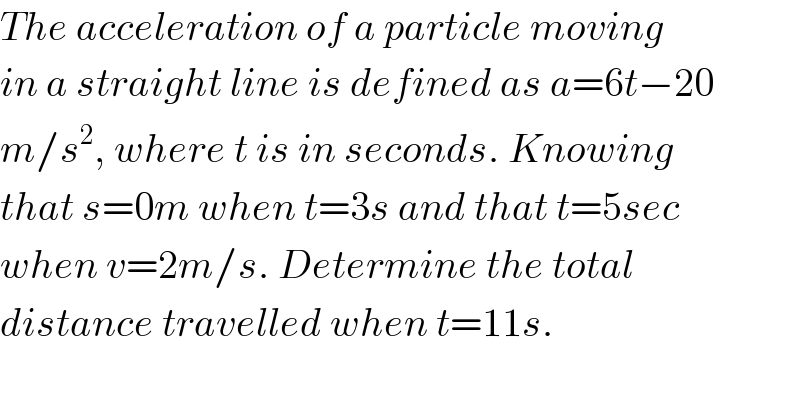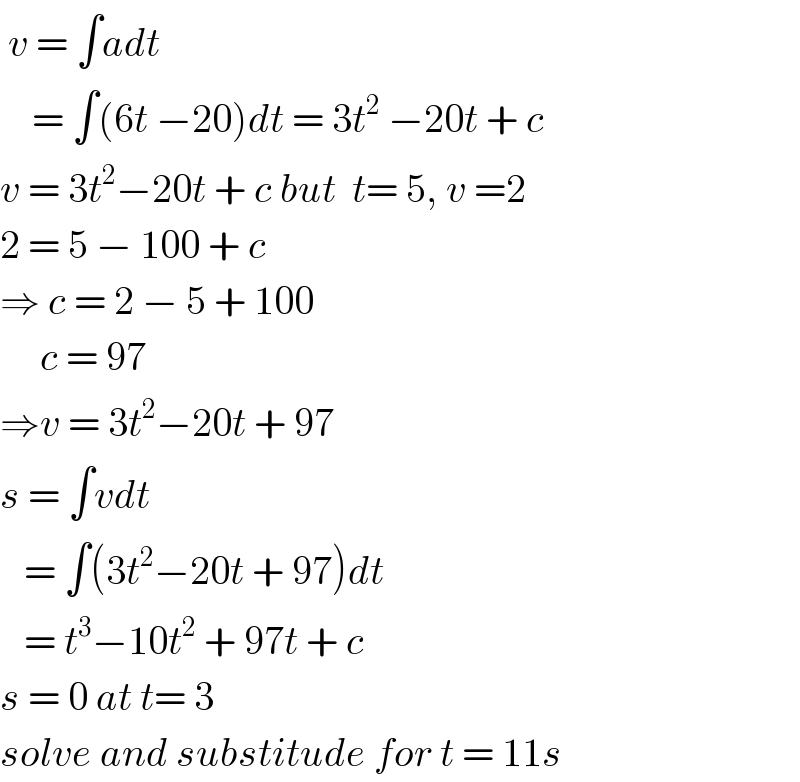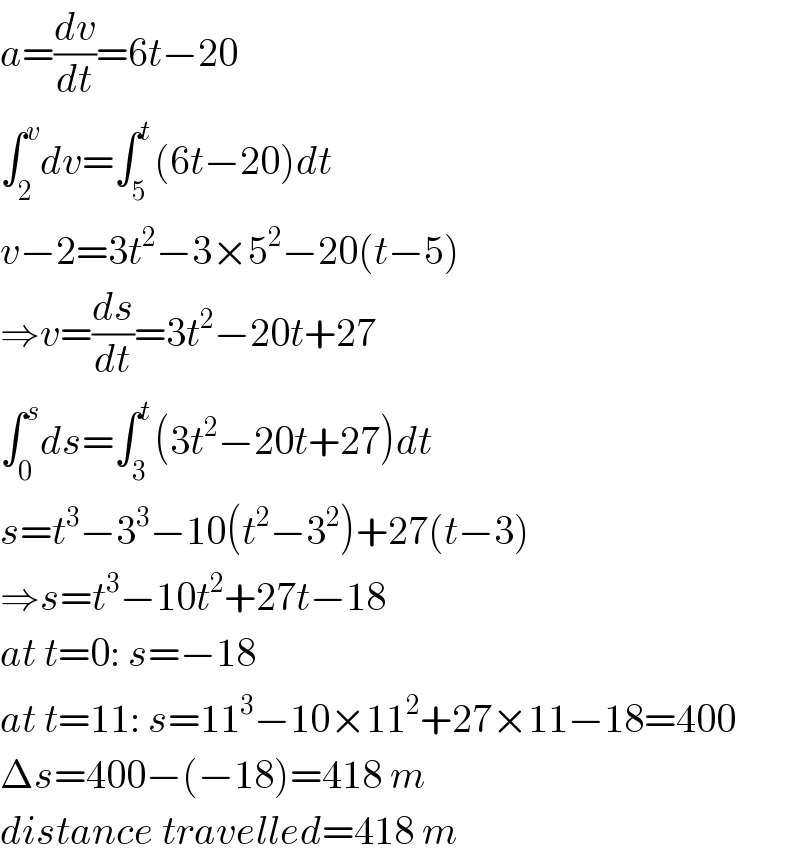
Question and Answers Forum
Question Number 69827 by Learner-123 last updated on 28/Sep/19

Answered by Rio Michael last updated on 28/Sep/19

Commented by Learner-123 last updated on 28/Sep/19

Commented by Rio Michael last updated on 29/Sep/19

Answered by mr W last updated on 29/Sep/19

Commented by Learner-123 last updated on 29/Sep/19

